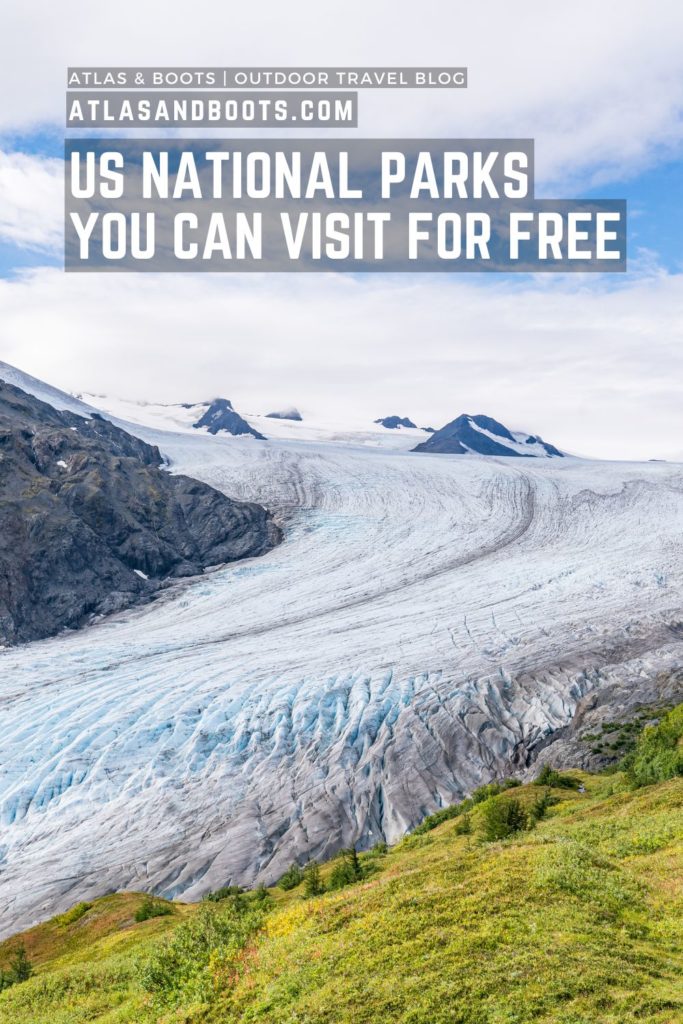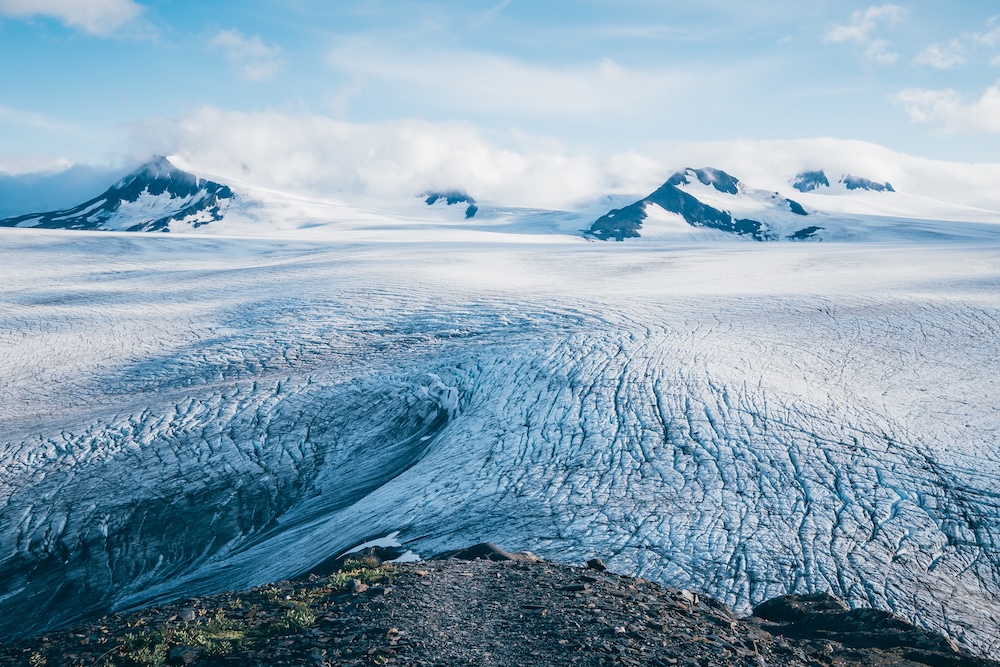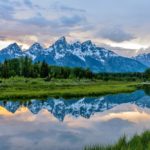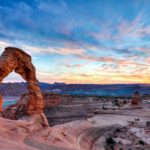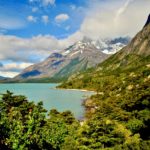From Alaska to Florida and further beyond, we share the US national parks you can visit for free
Some countries are better than others when it comes to access to the outdoors. Iceland, New Zealand and Finland have some of the cleanest air in the world while Chile, Norway and Nepal offer excellent hiking. Britain, meanwhile, is one of the most nature-depleted countries in the world.
The US fares well by some measures and not so well by others. There is no doubt, however, that it has some of the most arresting landscapes on Earth. From a plethora of weird and wonderful sights to some of the most beautiful mountains in the world, US national parks are rich with natural beauty.
Sadly, not everyone can access this beauty given the cost of park entrance fees, gear and transport. Thankfully, there are nearly two dozen US national parks you can visit for free.
US national parks you can visit for free
From Alaska to Florida and as far as the Virgin Islands and American Samoa, we share the US national parks you can visit for free, along with our favourite hike therein.
1. Biscayne National Park
State: Florida
Hike: Spite Highway to Hidden Beach
More info: NPS
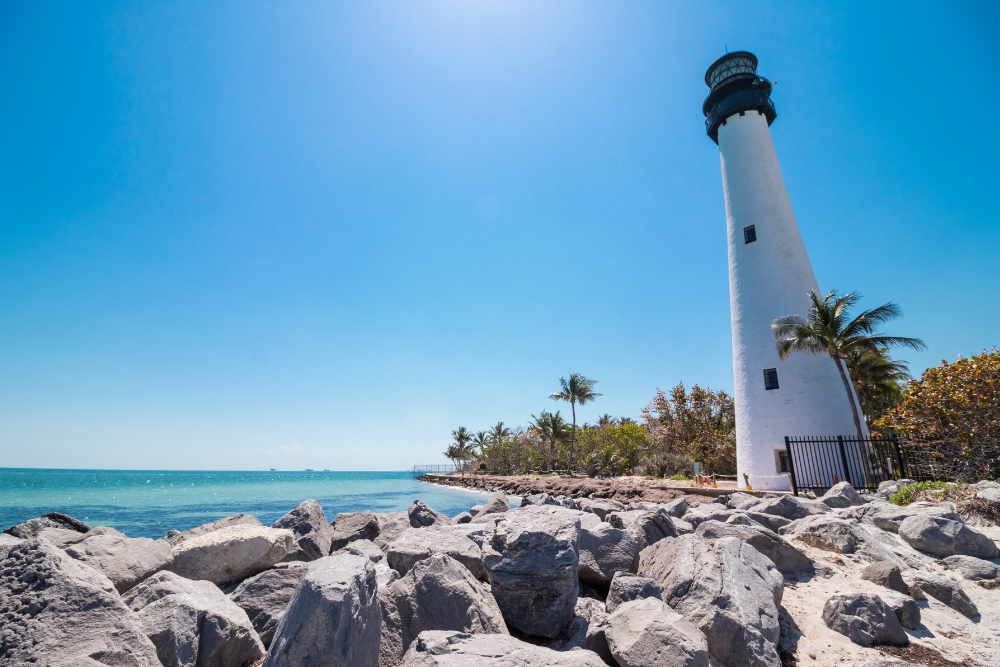
Biscayne National Park is known as a ‘watery wonderland’. This coastal park of emerald islands, mangroves and coral reefs acts as a gateway between the mainland and the Florida Keys.
The park is home to numerous shipwrecks, the most notable of which is the Mandalay, a schooner that sank in the 1960s. The hull of the ship lies in water shallow enough to be seen by snorkelers. Indeed, for many, Biscayne is best explored by water (there is a $25 docking fee on weekends and holidays), but you can enjoy much of the scenery on the 9km Spite Highway to Hidden Beach hike.
2. Channel Islands National Park
State: California
Hike: Lobo Canyon Trail
More info: NPS
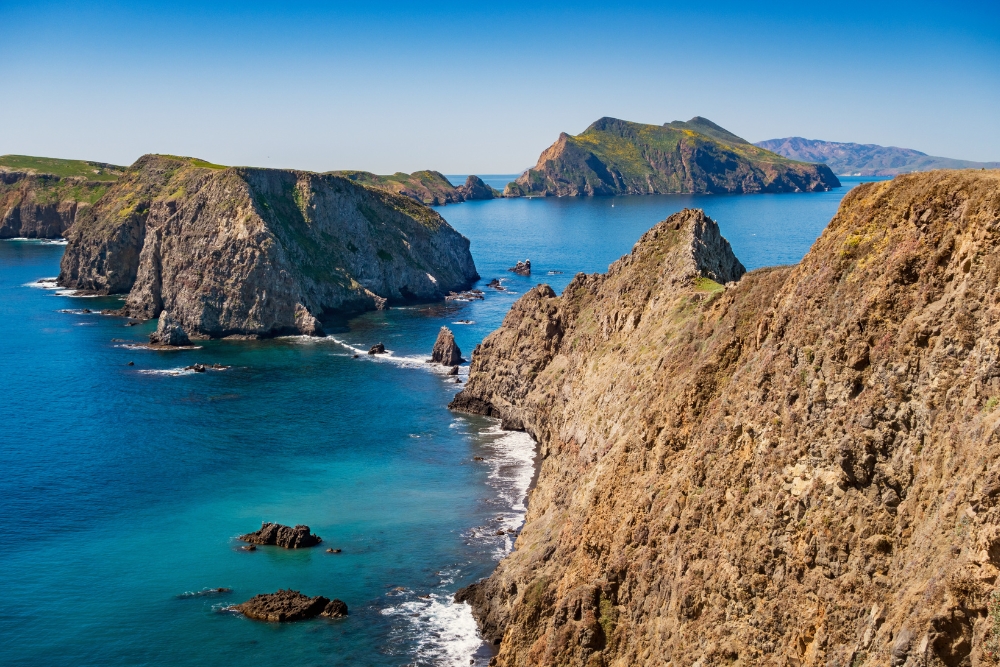
Channel Islands National Park comprises five extraordinary islands rearing up from the Pacific Ocean. Their isolation over thousands of years of separation from the mainland has created flora, fauna and archaeology found nowhere else on the planet and earned them the nickname ‘California’s Galápagos’.
The 8km out-and-back Lobo Canyon Trail weaves through grassland bluffs with sweeping views of the ocean before dropping into a canyon sheltering several of the islands’ 50 endemic species of plants and animals.
3. Congaree National Park
State: South Carolina
Hike: River Trail
More info: NPS
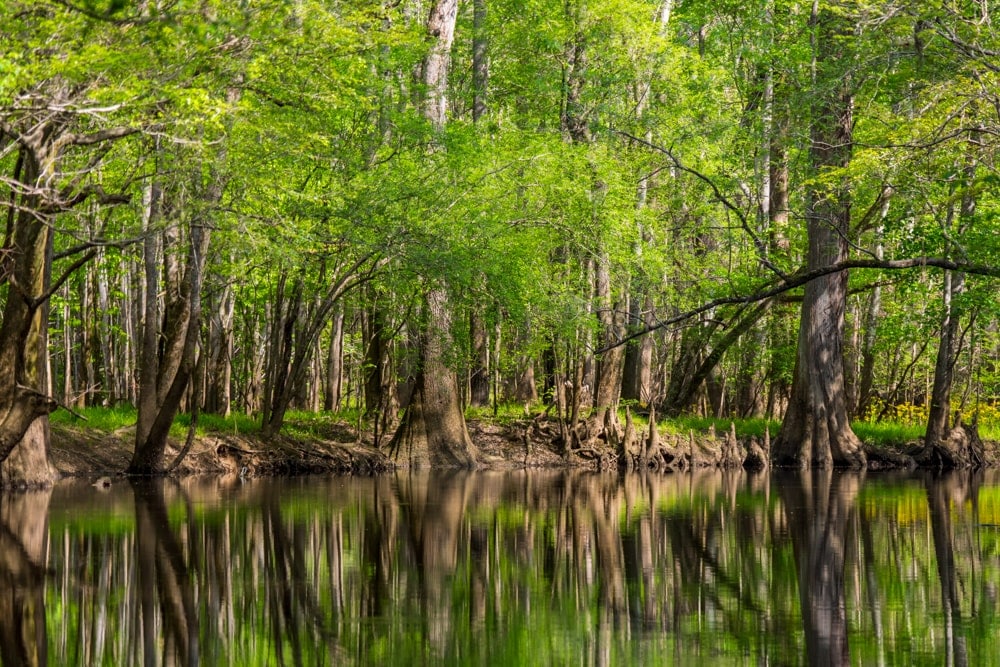
Spread across nearly 27,000 acres, Congaree National Park is the largest intact stretch of old-growth bottomland hardwood forest in the southeastern US. The dense trees found here are among the tallest in the eastern US and form one of the highest temperate deciduous forest canopies remaining on Earth.
As most of the park lies within a floodplain, the terrain is generally very flat with boardwalks regularly used. Don’t be surprised to spot an alligator or two along the circular River Trail hike.
4. Cuyahoga Valley National Park
State: Ohio
Hike: Brandywine Gorge Trail
More info: NPS
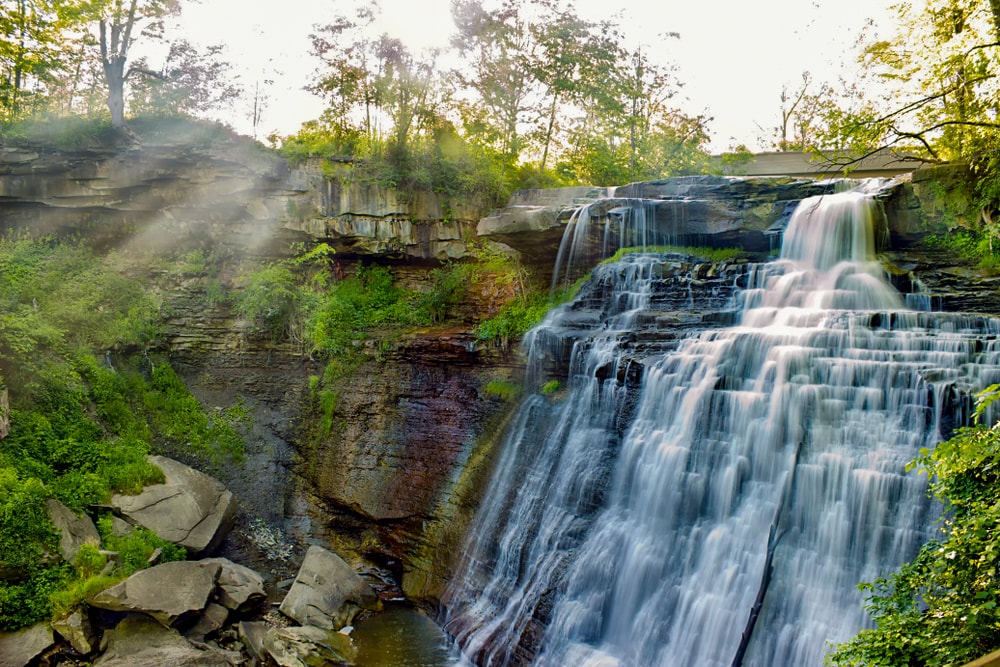
Cuyahoga Valley National Park lies between the busy cities of Cleveland and Akron, but remains an oasis of calm. Cuyahoga River winds through the park, flanked by lush forest, rolling hills, pretty waterfalls and open farmland.
Visitors may choose to cycle some of the Towpath, a 100-mile trail that follows the historic route of the Ohio and Erie Canal. Alternatively, the 2km circular Brandywine Gorge Trail explores the rocky ledges and thundering waterfalls that feel a world away from surrounding flat, rural Ohio.
5. Gates of the Arctic National Park
State: Alaska
Hike: Arrigetch Peaks
More info: NPS
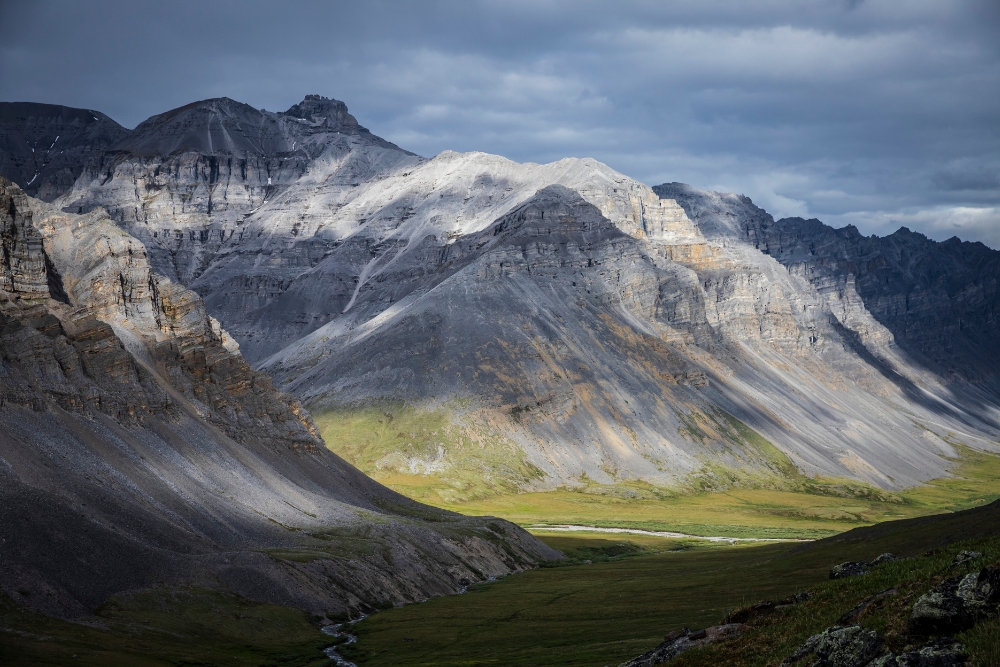
It’s hardly surprising that a vast hinterland such as the Gates of the Arctic – which doesn’t contain any roads or trails – is the least-visited US national park. Travellers to the remote region have to fly or hike into the park via the gateway communities of Bettles, Anaktuvuk Pass and Coldfoot, usually after passing through Fairbanks. This is wilderness in its purest form – and well worth the effort.
6. Gateway Arch National Park
State: Missouri
Hike: Gateway Arch National Park Trail
More info: NPS
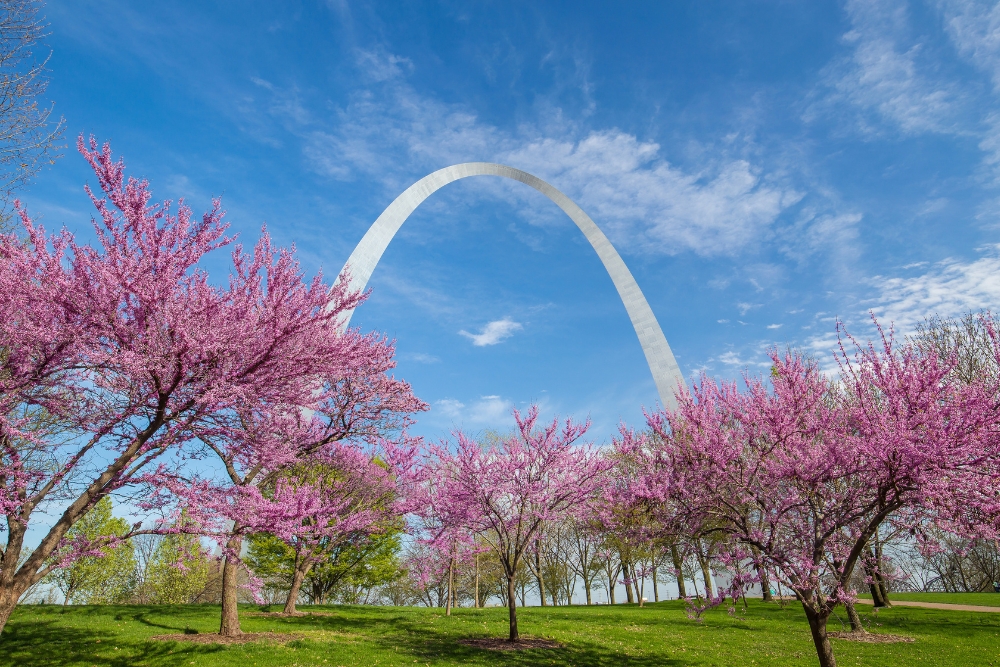
Minuscule Gateway Arch National Park contains America’s largest manmade monument, the eponymous Gateway Arch. Known as the ‘Gateway to the West’, the iconic memorial was erected in 1963 and is the tallest structure in Missouri.
Its purpose is threefold: to commemorate the Louisiana Purchase and the ensuing Westward Expansion of the USA during the 19th century; to celebrate the first civil government west of the Mississippi River; and to reflect upon the landmark 1857 Dred Scott v. Sandford case and the subsequent debate it raised over slavery.
For $19, visitors can catch a tram up the arch’s hollow interior to a platform which offers a panoramic view of the Mississippi River.
7. Glacier Bay National Park
State: Alaska
Hike: Bartlett Lake and Towers Trail
More info: NPS
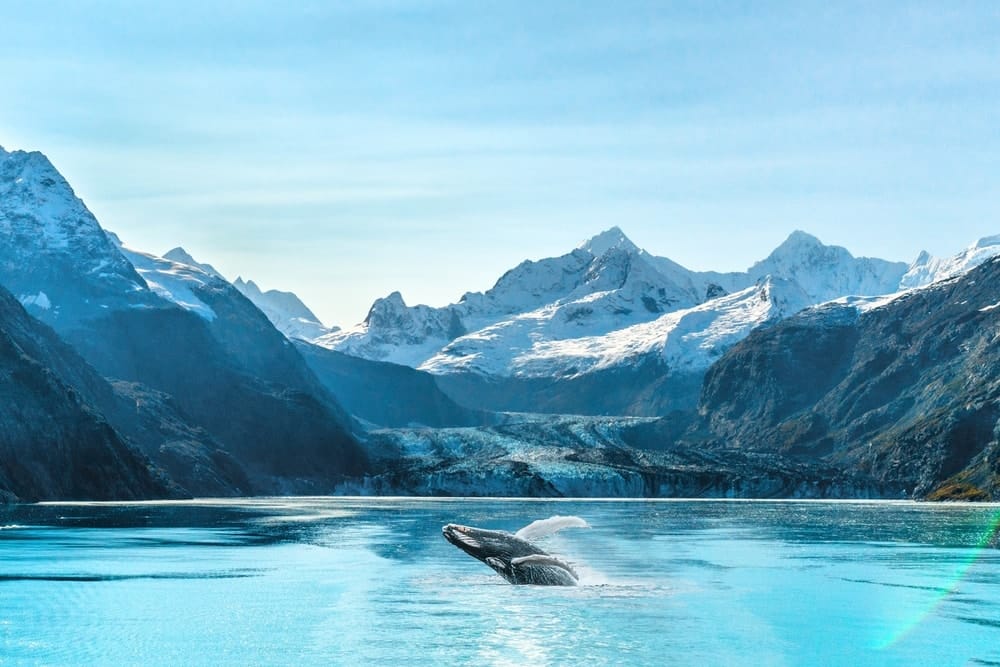
Many visitors pass through the UNESCO-listed Glacier Bay National Park as part of an Inside Passage cruise. However, far fewer explore its hinterland. The immense protected area covers over 13,044 sq km of varied wilderness comprising snow-capped mountains, glaciers, rainforest, rugged coastlines and secluded fjords, not to mention the wildlife: bears, moose, mountain goats, sea otters, humpback whales, porpoises, orcas, sea lions, seals and an array of birds.
8. Great Basin National Park
State: Nevada
Hike: Bristlecone and Alpine Lakes Loop
More info: NPS
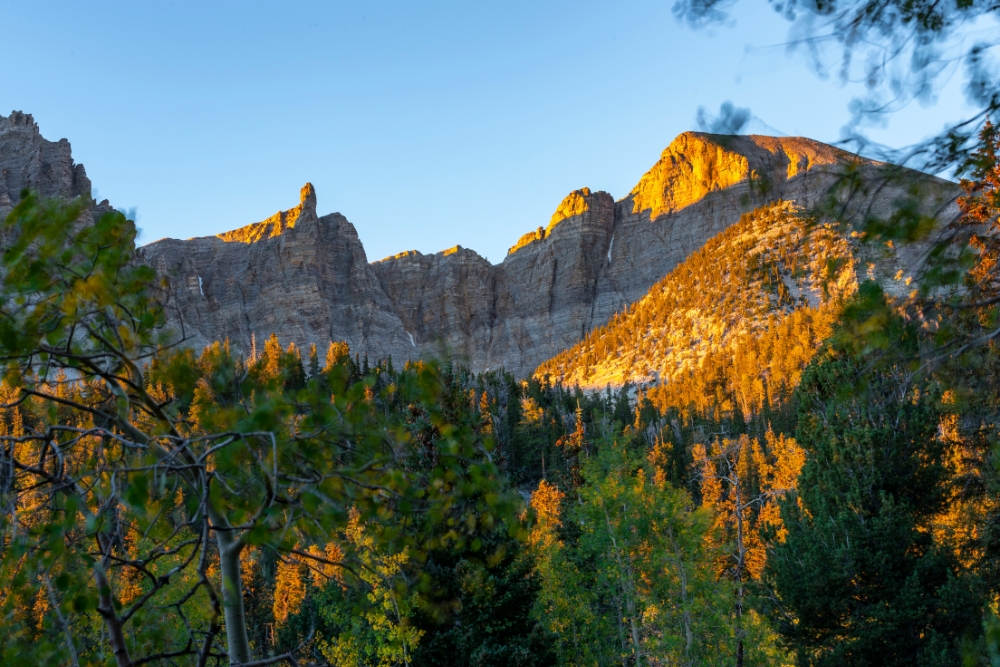
Nevada’s Great Basin National Park is home to towering peaks, vast groves of aspen and a fascinating cave system – but remains one of the least visited US national parks thanks to its remote location.
This Bristlecone and Alpine Lakes Loop trail takes in the state’s only glacier, in the shadow of the stupendous Wheeler Peak. The high-altitude trail’s turnaround point is a remarkable sheet of ice in the bristlecone pine grove which features interpretive signs pinned to its ancient trees, some of which are believed to be over 5,000 years old.
9. Great Smoky Mountains National Park
State: North Carolina and Tennessee
Hike: Alum Cave Trail to Mount LeConte
More info: NPS
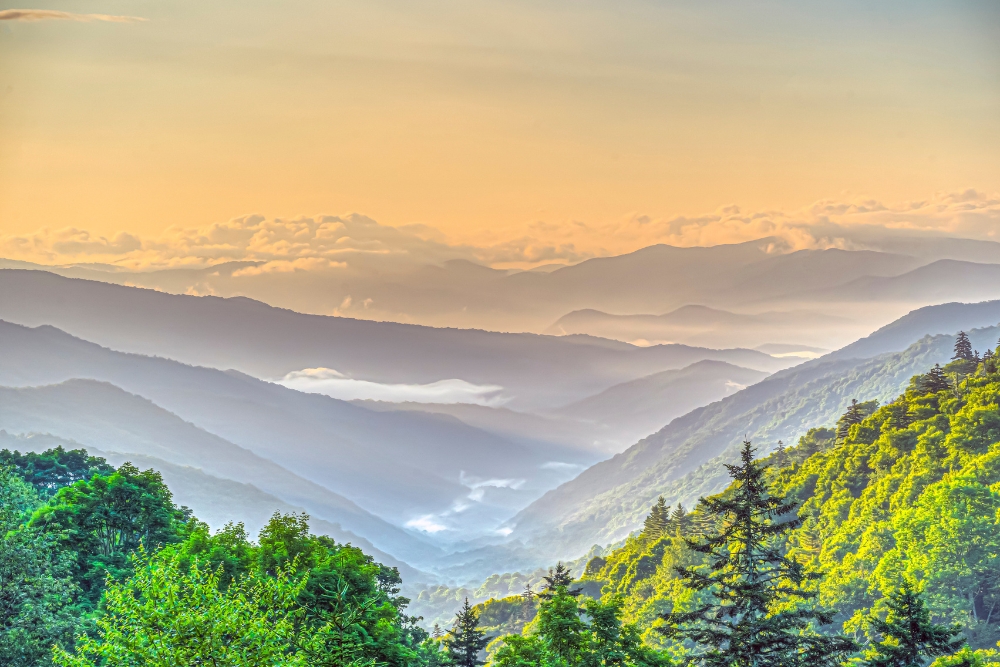
The Great Smoky Mountains National Park is one of the best US national parks you can visit for free. It straddles the border of North Carolina and Tennessee and is known globally for its diversity of plant and animal life.
The challenging out-and-back Alum Cave to Mount LeConte trail packs in the best of the Smokies into one tidy day hike. En route, you’ll discover gurgling waterfalls, an eerie rock tunnel and an overhanging cave which makes for an ideal lunch spot.
10. Hot Springs National Park
State: Arkansas
Hike: Hot Springs Mountain Trail
More info: NPS
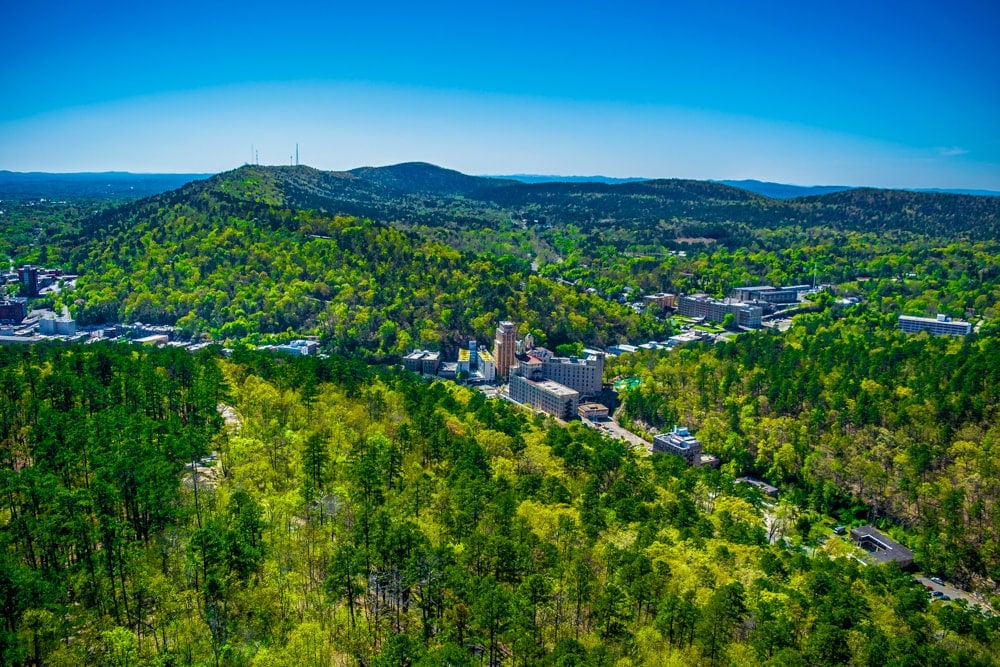
Hot Springs National Park is known for its curative waters. Here, visitors can soak away their troubles in one of two brick bathhouses. The Buckstaff Bathhouse offers private tubs, while the Quapaw Bathhouse has a larger, Roman-style pools for group bathing (fees apply).
There are also several worthy walks in the surrounding hills. The gentle Hot Springs Mountain Trail offers great views of the Ouachita Mountains and just about works up enough sweat to earn you a soak in the springs when you get back into town.
11. Katmai National Park
State: Alaska
Hike: Brooks Lodge, Brooks River Bridge, Riffles Platform and Brooks Falls
More info: NPS
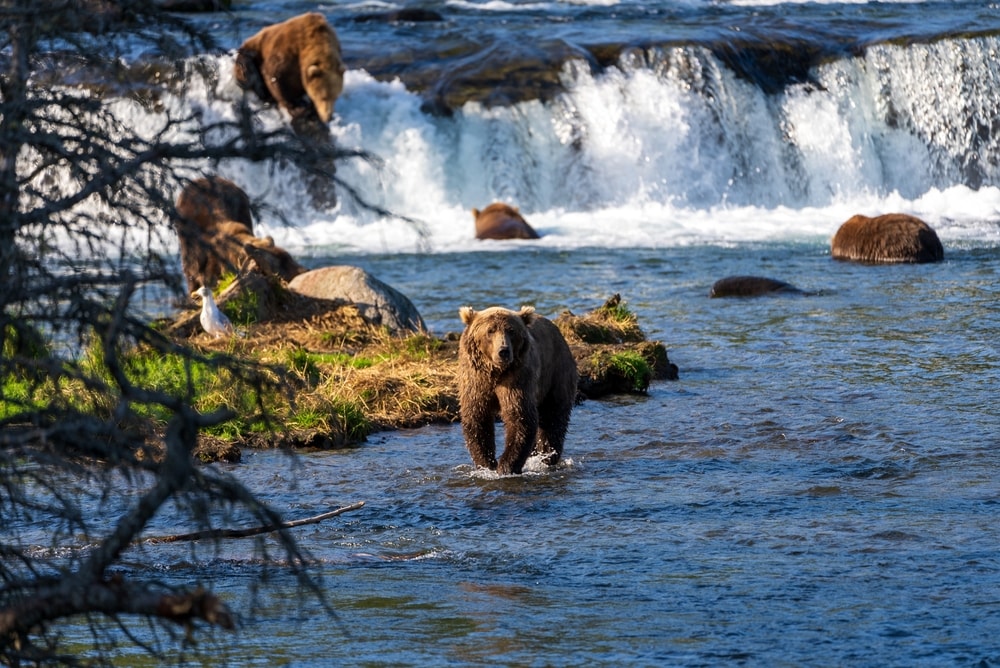
Unconnected by road to any town, Katmai has earned a reputation as Alaska’s premier wildlife-viewing destination, with bear watching at Brooks Camp the most popular. The park is an important habitat for salmon, hence the thousands of brown bears that flock to the cold, clear water of the Brooks River to feast on the abundant fish every summer. Other activities include fishing, hiking, rafting and kayaking.
12. Kenai Fjords National Park
State: Alaska
Hike: Harding Icefield Trail
More info: NPS
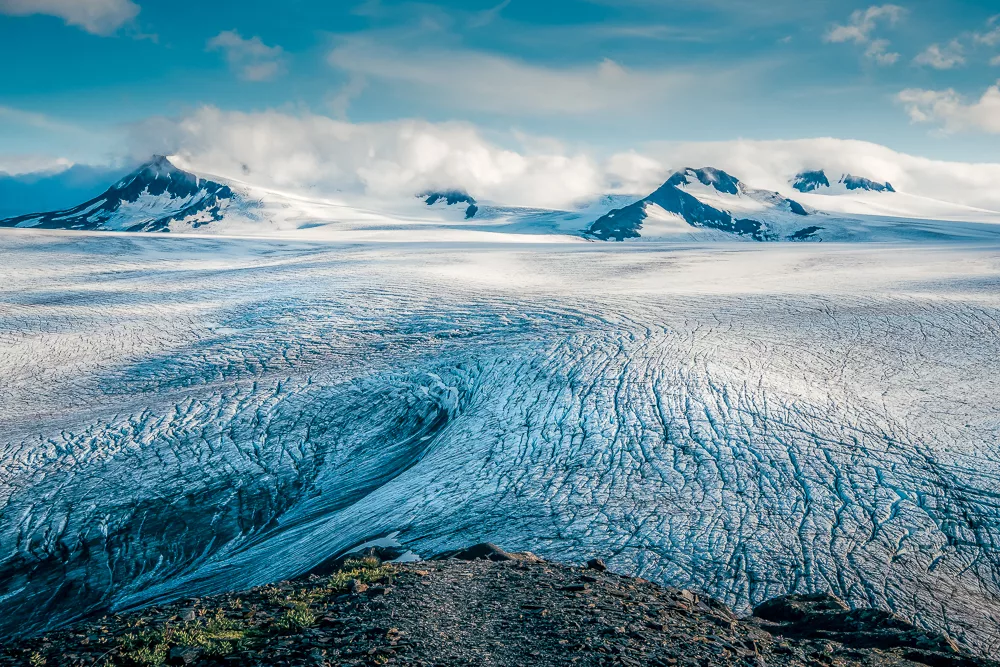
‘Epic’ is the word that springs to mind when you first glimpse the Harding Icefield of Kenai Fjords National Park. Nearly 40 glaciers flow from the immense expanse of ice while diverse wildlife teems in the icy waters and lush forests that encircle it.
The tough out-and-back Harding Icefield Trail near Seward begins on the valley floor and winds through cottonwoods and alder trees before climbing above the treeline for spectacular views of the ice.
13. Kobuk Valley National Park
State: Alaska
Hike: Great Kobuk Sand Dunes
More info: NPS
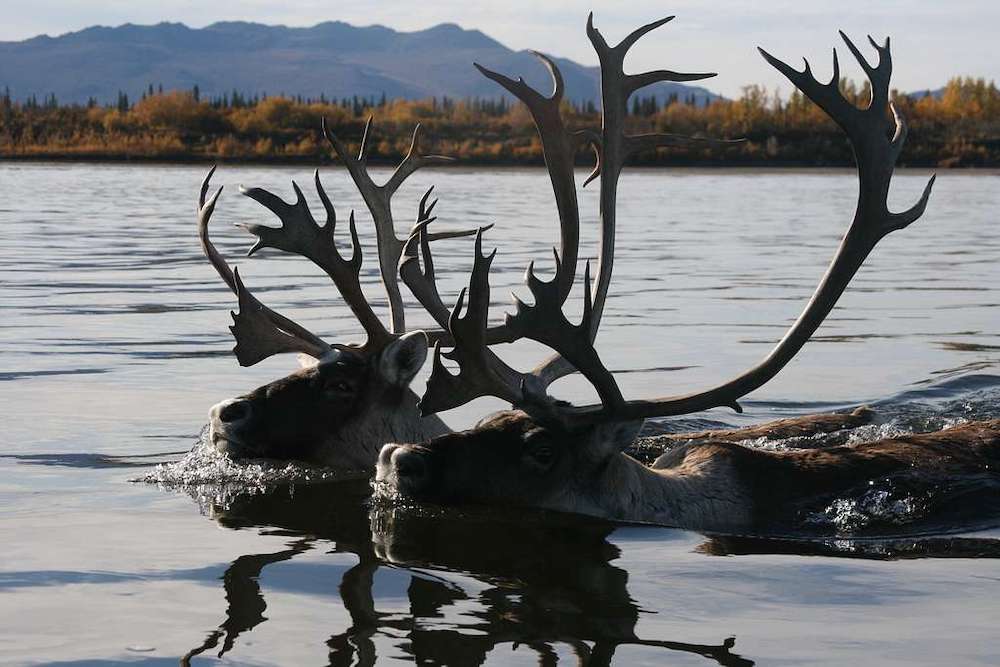
The Kobuk Valley is known for its breathtaking caribou migrations that see over 500,000 of the magnificent beasts travel more than 1,500km (930mi) north during spring to reach their calving grounds before repeating the feat in autumn and returning south. Coursing rivers, Arctic tundra, towering sand dunes and unspoilt boreal forest make the Kobuk Valley some of the most untamed backcountry on Earth.
14. Lake Clark National Park
State: Alaska
Hike: Kontrashibuna Lake via Tanalian Falls Trail
More info: NPS
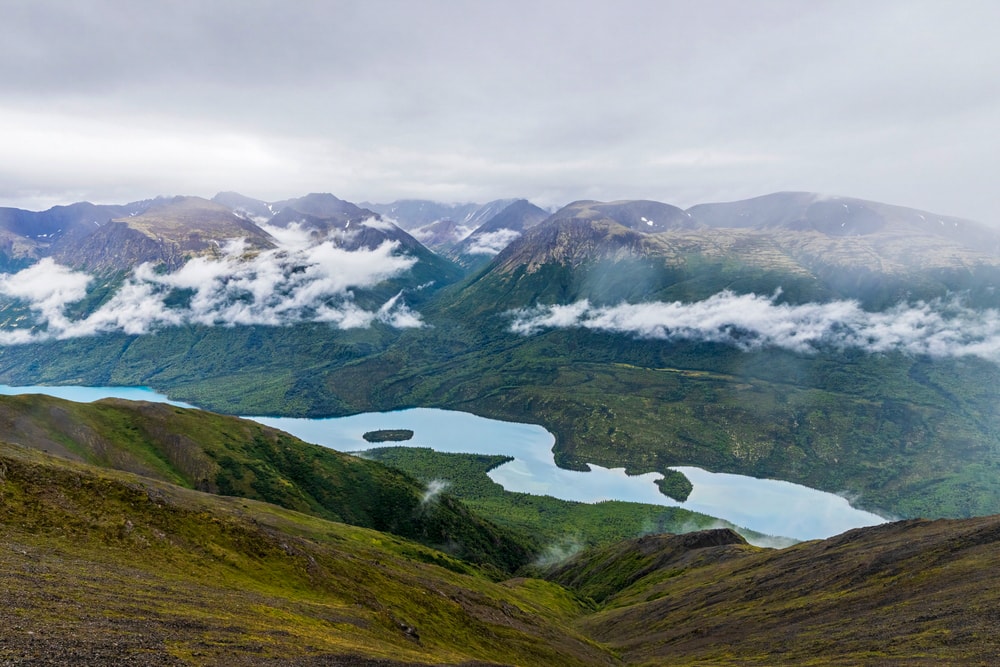
Lake Clark may be Alaska’s most diverse national park in terms of topography and ecosystems. It’s possible to hike among tundra-carpeted hills, craggy peaks, immense glaciers, two active volcanoes and a dramatic coastline. Naturally, the rich landscape is home to a variety of wildlife including bears, seabirds and the world’s largest sockeye salmon fishery.
15. Mammoth Cave National Park
State: Kentucky
Hike: Extended Historic Tour
More info: NPS
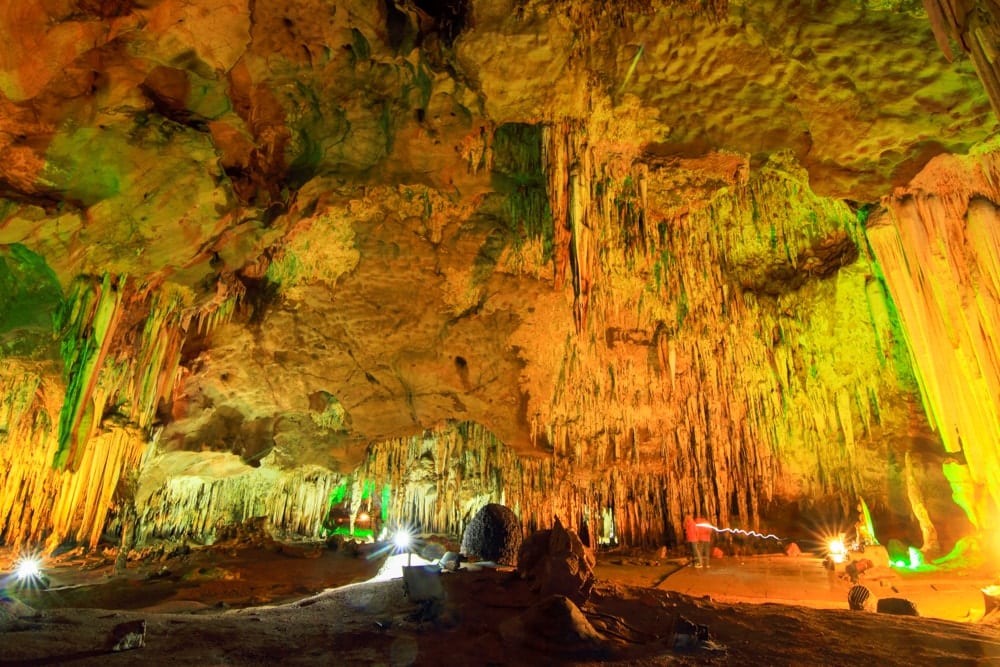
Home to the longest known cave system on Earth, Mammoth Cave National Park has more than 650km of surveyed tunnels including a cavern big enough to hold a 737 airplane. You can only explore the cave on a ranger-led or a short self-guided cave tour. The Extended Historic Tour is the best option as it covers all the main sites.
16. National Park of American Samoa
State: American Samoa
Hike: Mount ‘Alava Trail
More info: NPS
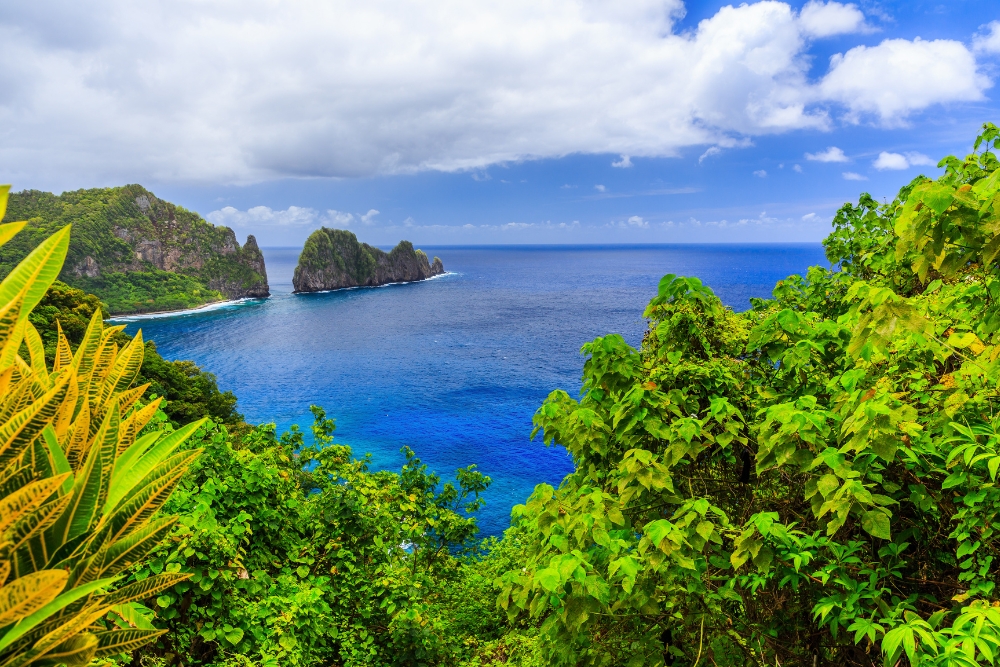
American Samoa, an unincorporated territory of the US located in the South Pacific Ocean, has just one national park. It protects swathes of virtually pristine landscapes across three islands and 33 sq km of ocean. The area includes mountain rainforests, thriving birdlife and a glorious coastline of wild surf and windswept beaches.
17. New River Gorge National Park
State: West Virginia
Hike: Long Point Trail
More info: NPS
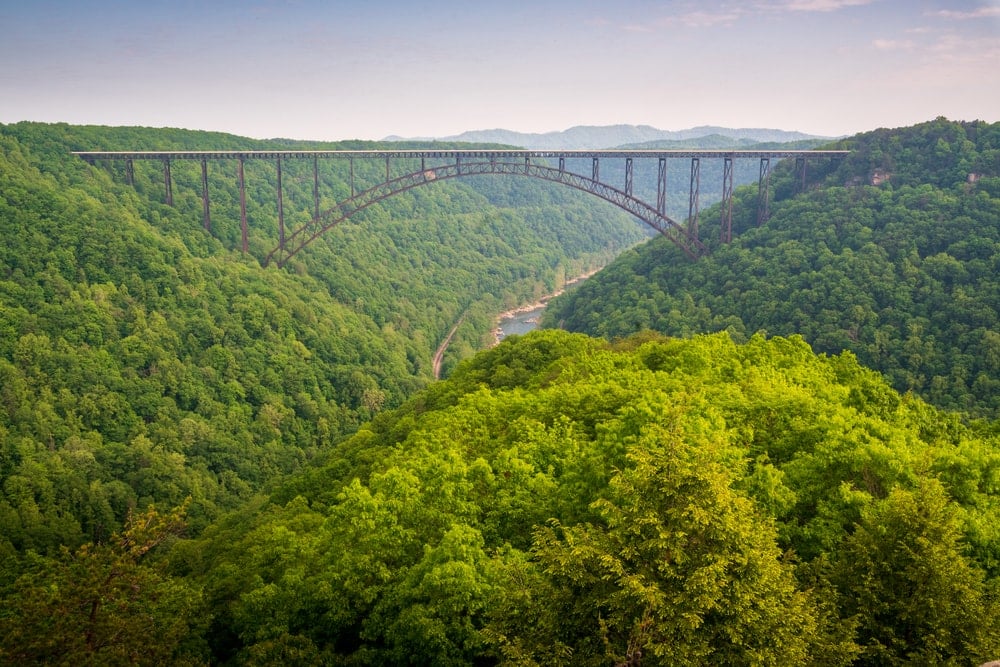
New River Gorge in the Appalachian Mountains is not the most exciting national park in the US. In fact, the most notable feature of the park is probably its 924m (3,030ft) steel arch bridge. That said, the whitewater river coursing through deep canyons and folds of forest-carpeted mountains will always be good for the mind and soul.
The out-and-back Long Point Trail gets you up to the park’s best lookout which overlooks the gorge, the river, and, of course, that bridge.
18. North Cascades National Park
State: Washington
Hike: Thunder Creek and Park Creek Trails
More info: NPS
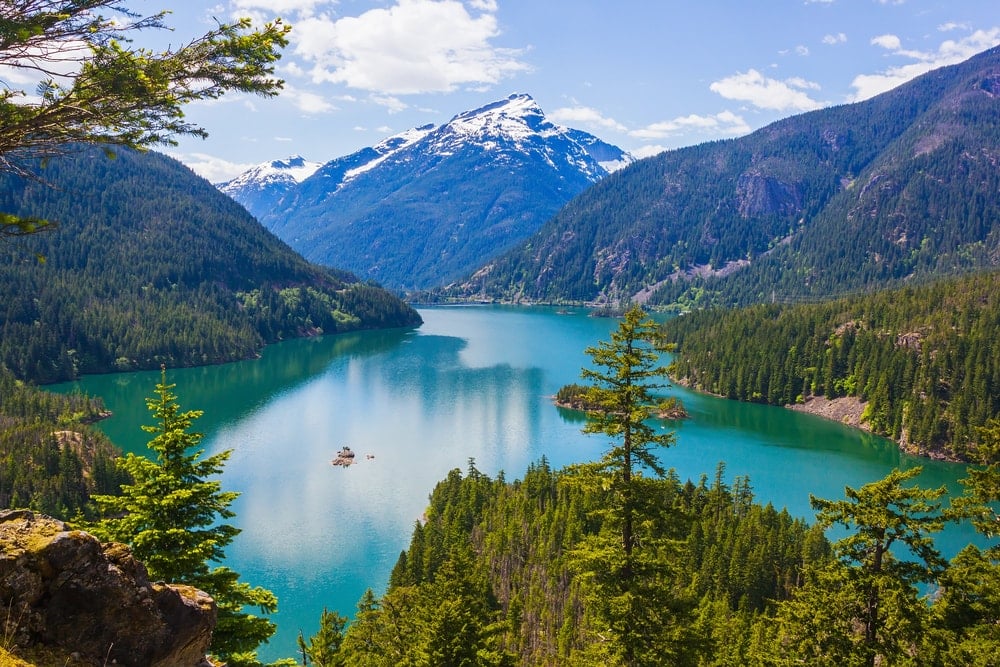
Even though the North Cascades National Park is just three hours from Seattle, somehow the park receives just a trickle of visitors compared with other protected areas in the Northwest. Names such as Mount Terror, Mount Fury and Mount Despair may put off some visitors, but it’s more likely the park’s inaccessibility. It has just one road slicing through its landscape of jagged peaks and verdant valleys, home to 300-plus glaciers.
19. Redwood National Park
State: California
Hike: Tall Trees Grove Loop Trail
More info: NPS
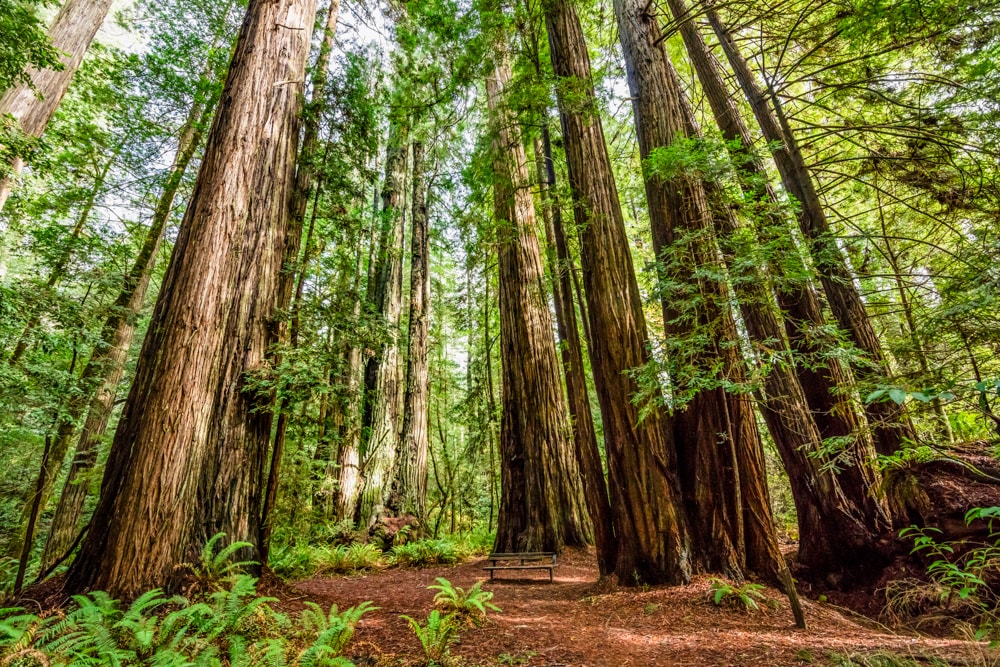
Redwood National Park is home to some of the world’s tallest and most ancient trees as well as prairies, wild rivers and 65km of glorious Californian coastline.
There are scores of trails to explore but arguably the most iconic is the remote trail to Tall Trees Grove. Its popularity means that visitors planning to go must apply for a free permit. These are limited to 50 groups per day and are issued up to 24 hours in advance.
20. Virgin Islands National Park
State: US Virgin Islands
Hike: Reef Bay Trail
More info: NPS
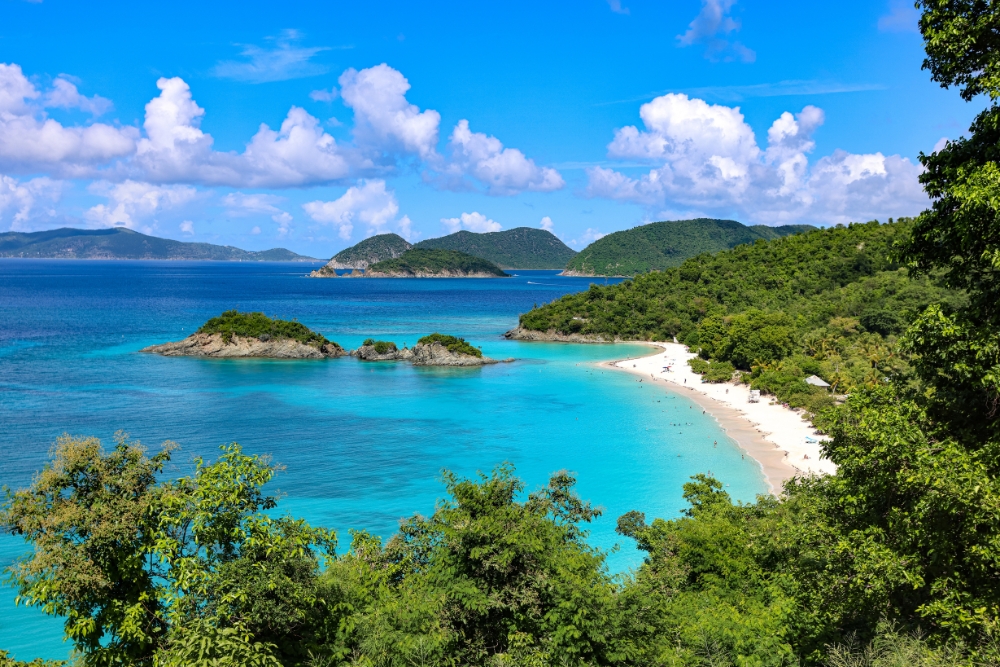
St John is the smallest of the three main islands of the unincorporated territory of the US Virgin Islands. Two-thirds of the island is covered by the Virgin Islands National Park which includes swathes of stunning white-sand shores, pristine reefs and 26 hiking trails.
The out-and-back Reef Bay Trail begins in the dense lush interior and descends 250m to the idyllic Reef Bay Beach. Here, you can spend a few hours frolicking in the surf before heading back the way you came.
21. Voyageurs National Park
State: Minnesota
Hike: Blind Ash Bay Trail
More info: NPS
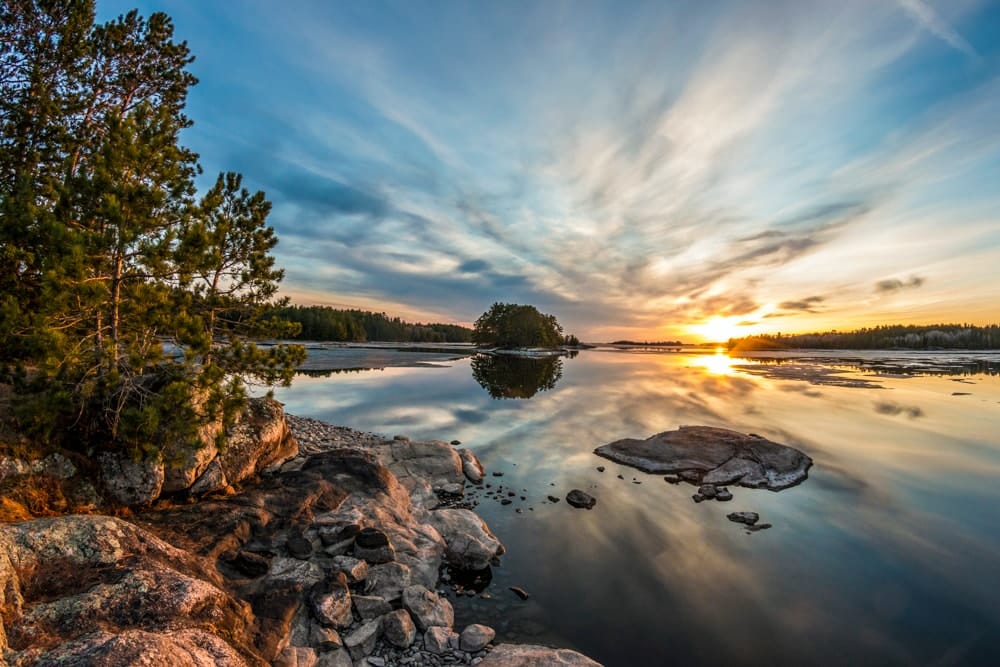
On the US-Canada border in Minnesota sits the 218,000-acre wetlands of Voyageurs National Park. Nearly half of the park is water which turns to ice during the colder months. As such, it’s often easier to explore the lakes on foot when it’s frozen as the waters are regularly too choppy for canoes or kayaks. The land is filled with dense forests and wetlands contained by ragged cliffs and rocky ridges.
22. Wind Cave National Park
State: South Dakota
Hike: Lookout Point and Centennial Trail Loop
More info: NPS
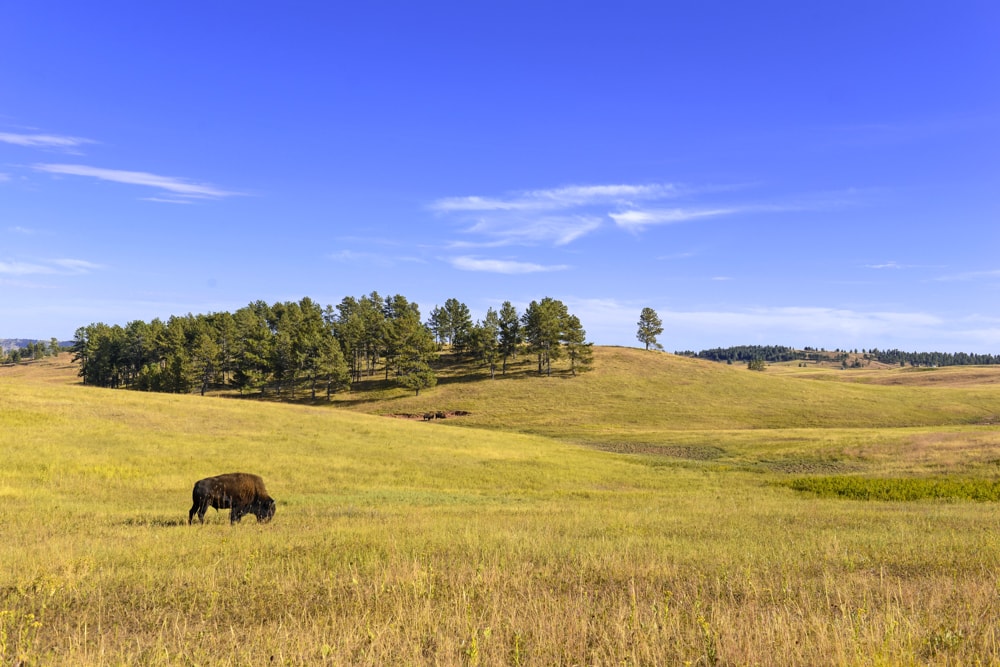
Wind Cave, and its boxwork rock formations beneath the Black Hills of South Dakota, is one of the world’s most complex cave systems. However, while the caves are fascinating, the best hiking is found above ground among the prairies and forests where the bison rove.
23. Wrangell-St Elias National Park
State: Alaska
Hike: Root Glacier Trail
More info: NPS
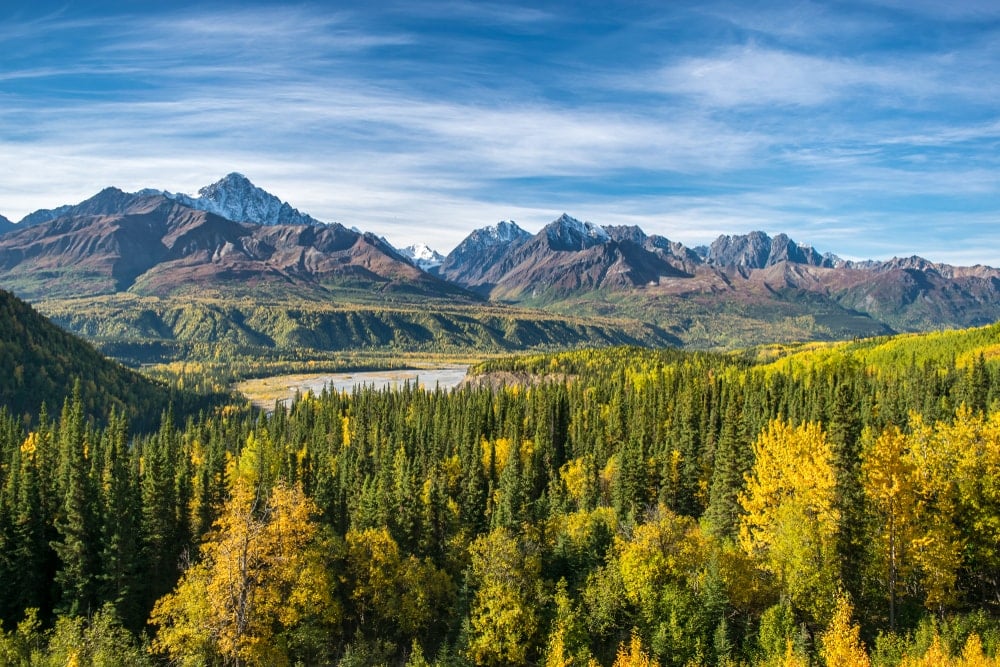
The enormous Wrangell-St Elias is America’s largest national park which at 53,320 sq km is the same size as Yellowstone, Yosemite and Switzerland combined!
The park is also home to Mount Saint Elias, one of the most beautiful mountains in the US. It straddles the US-Canadian border and is America’s second-highest peak after Denali as well as Canada’s after Logan. As such, the park climbs from sea level all the way up to 5,489m (18,008ft).
Enjoyed this post? pin it for later…
